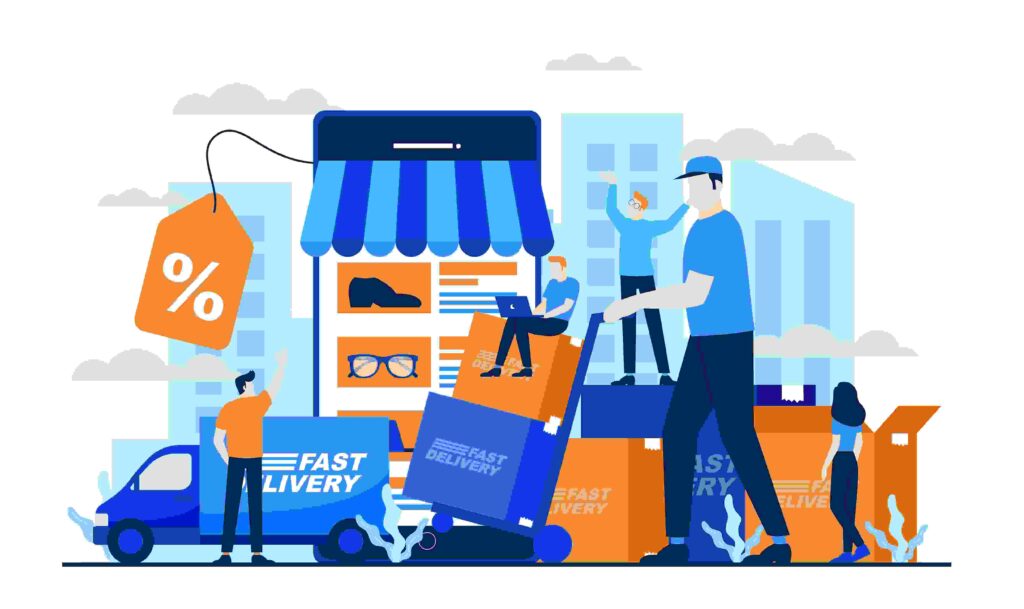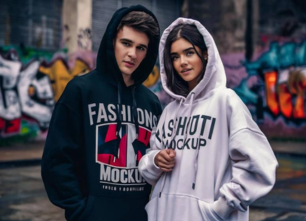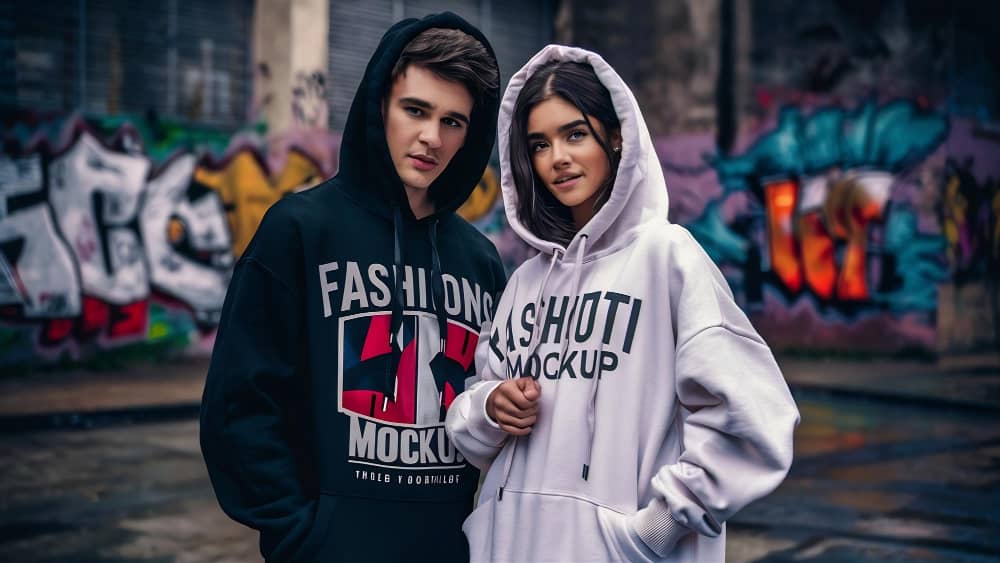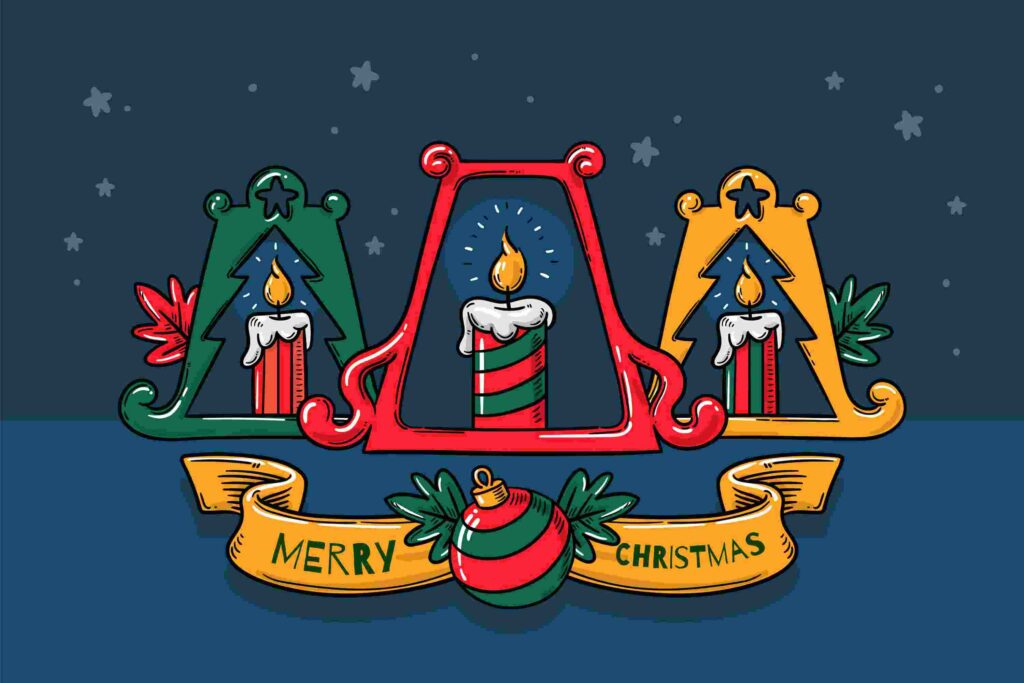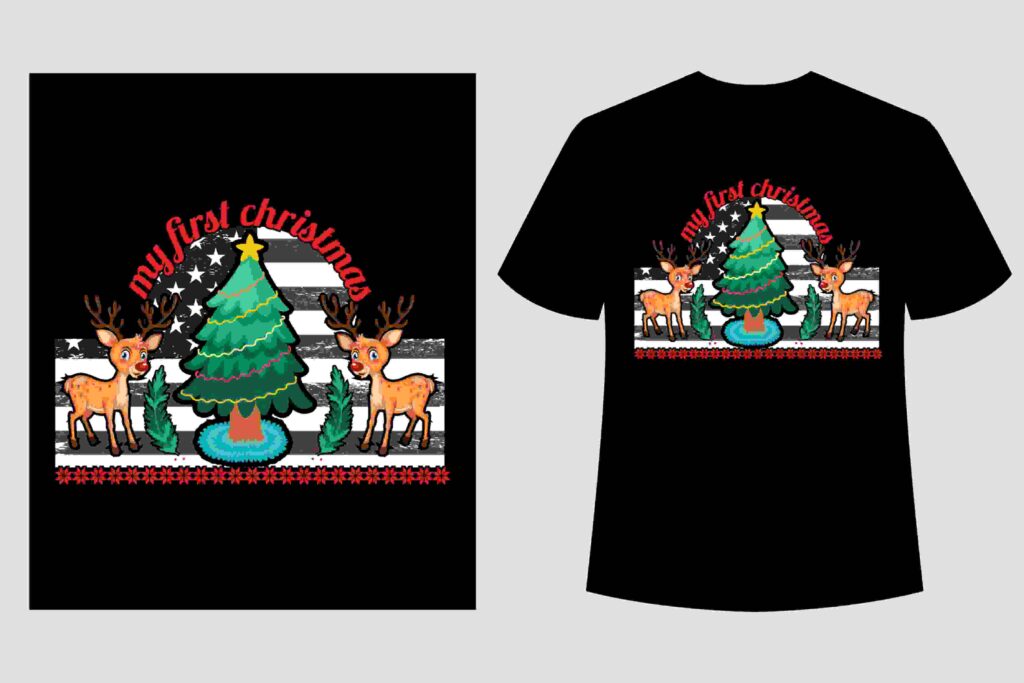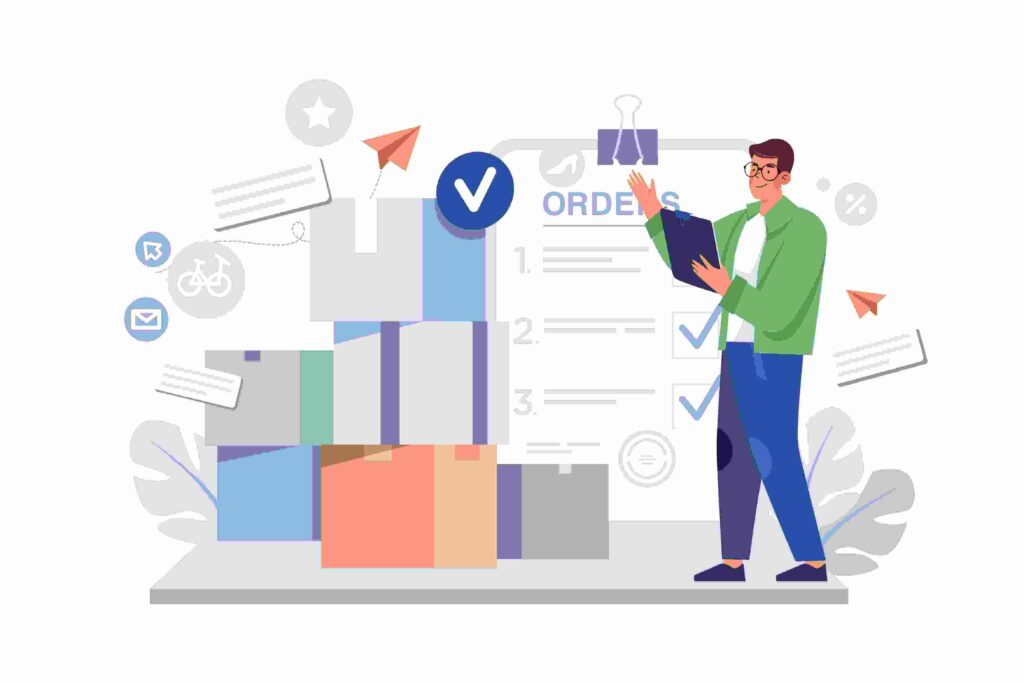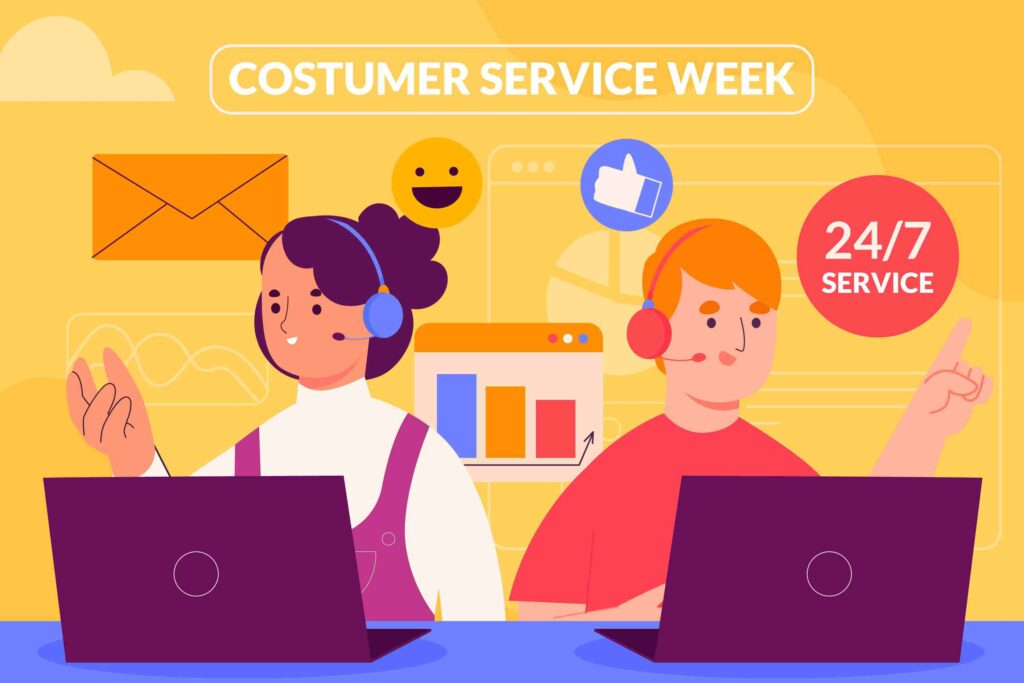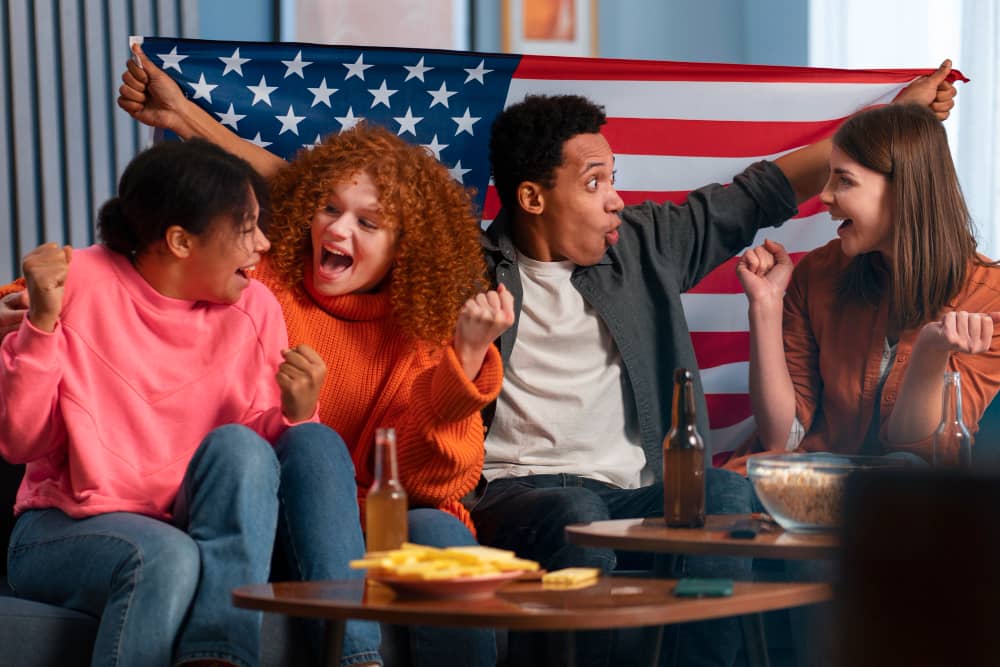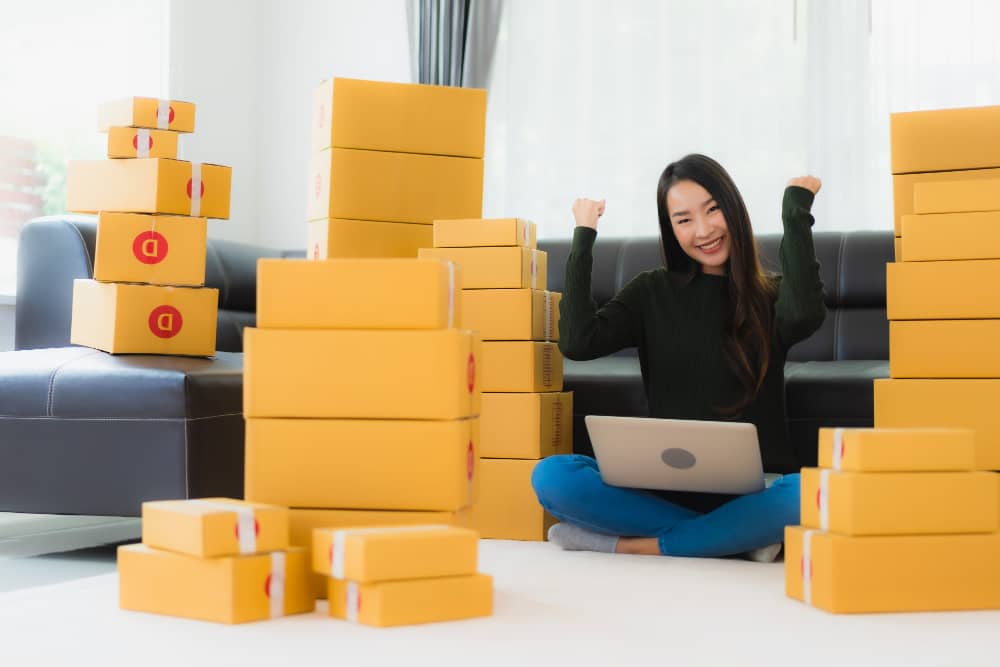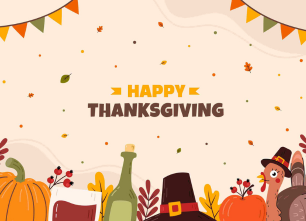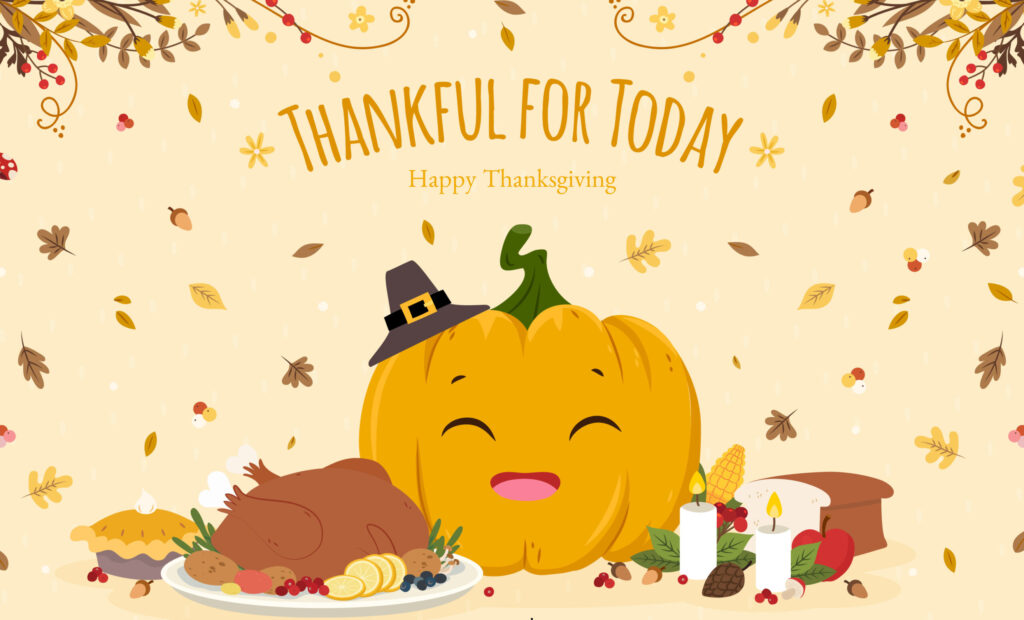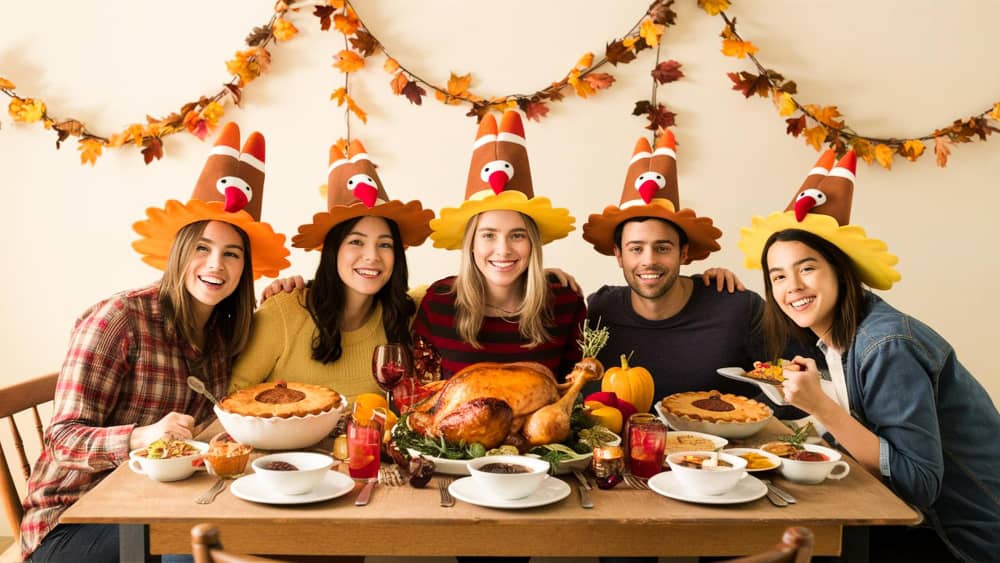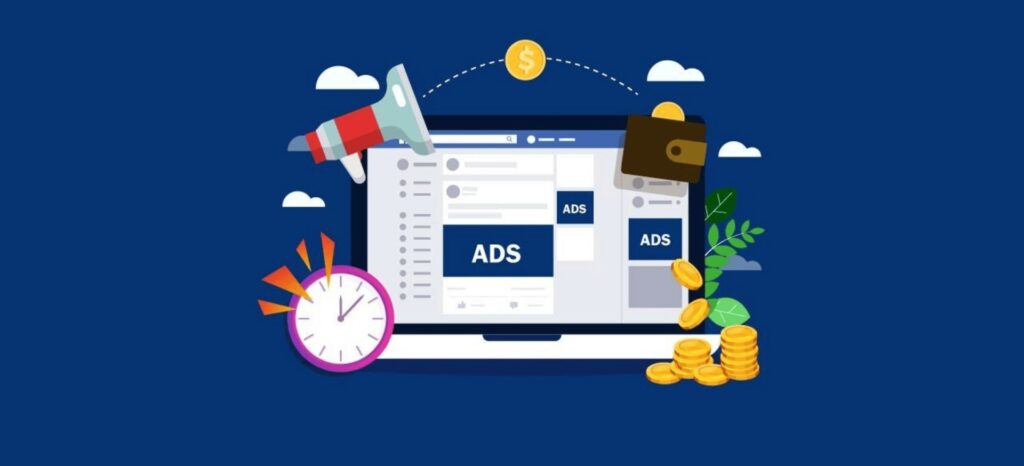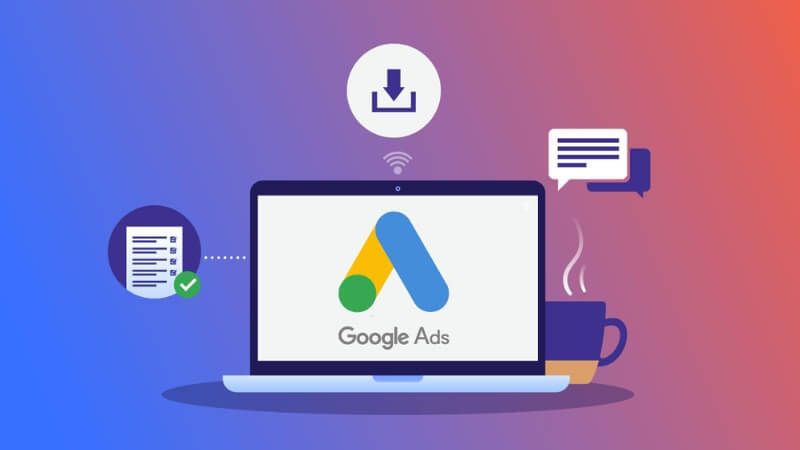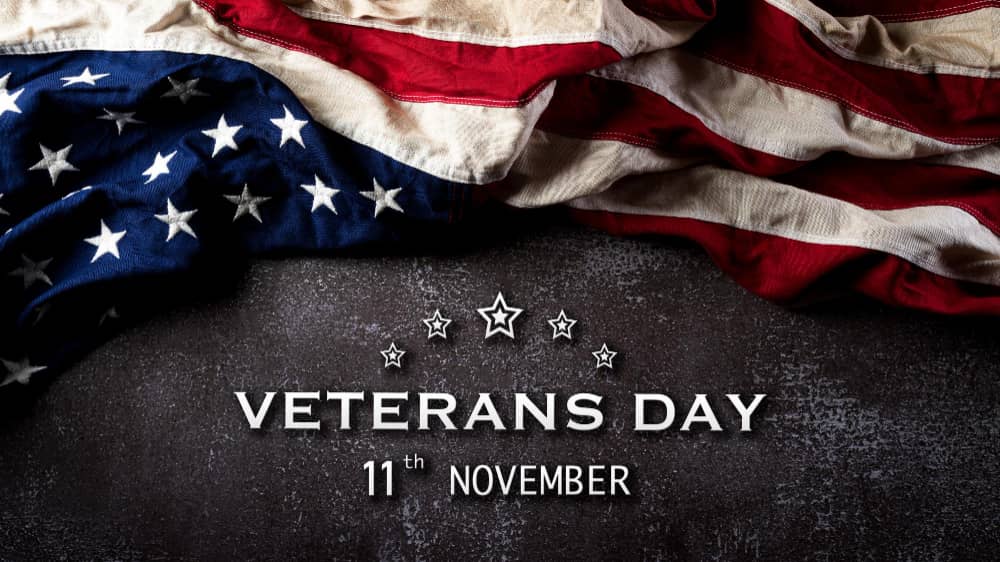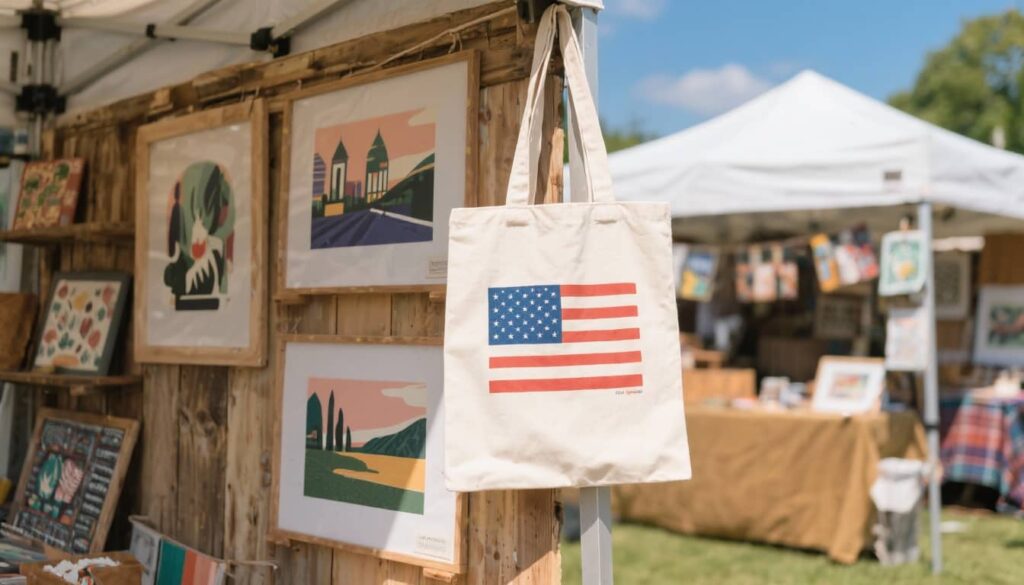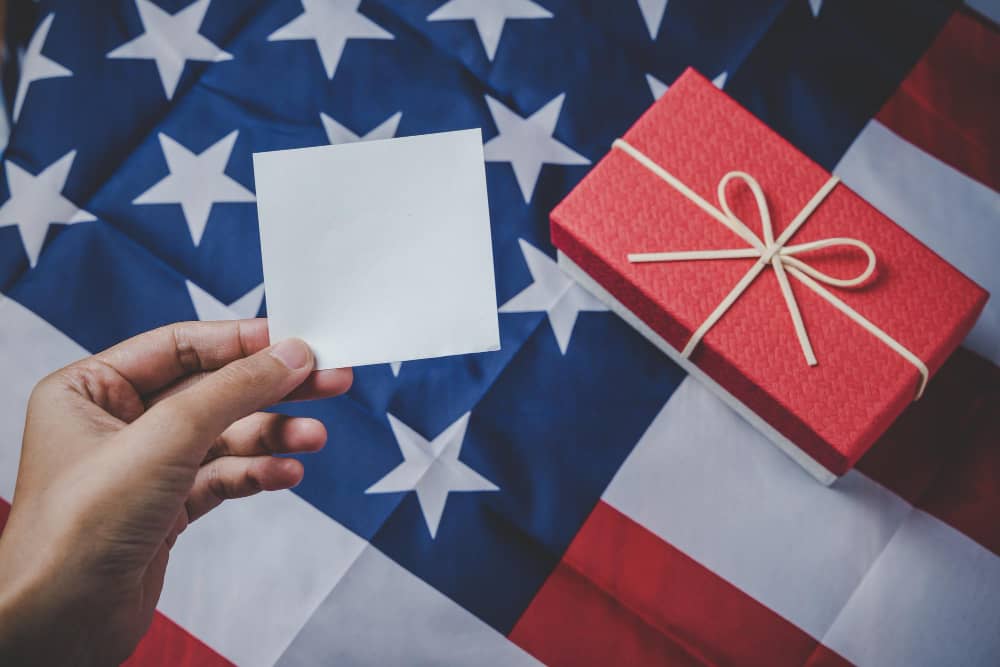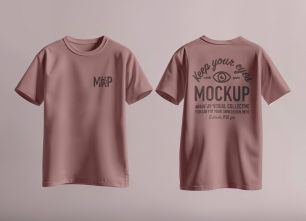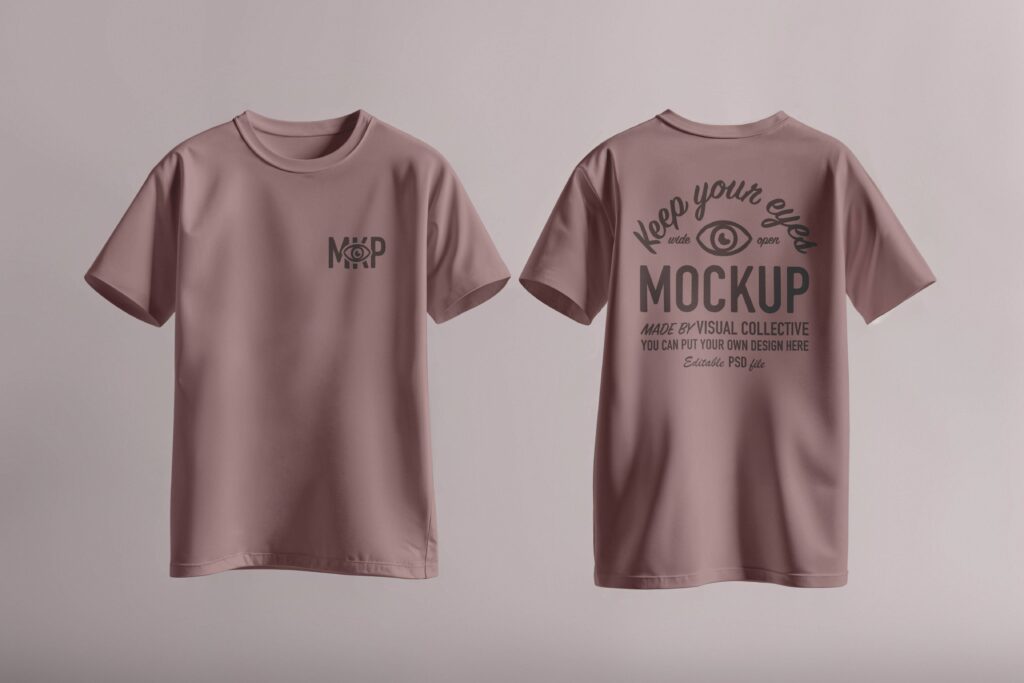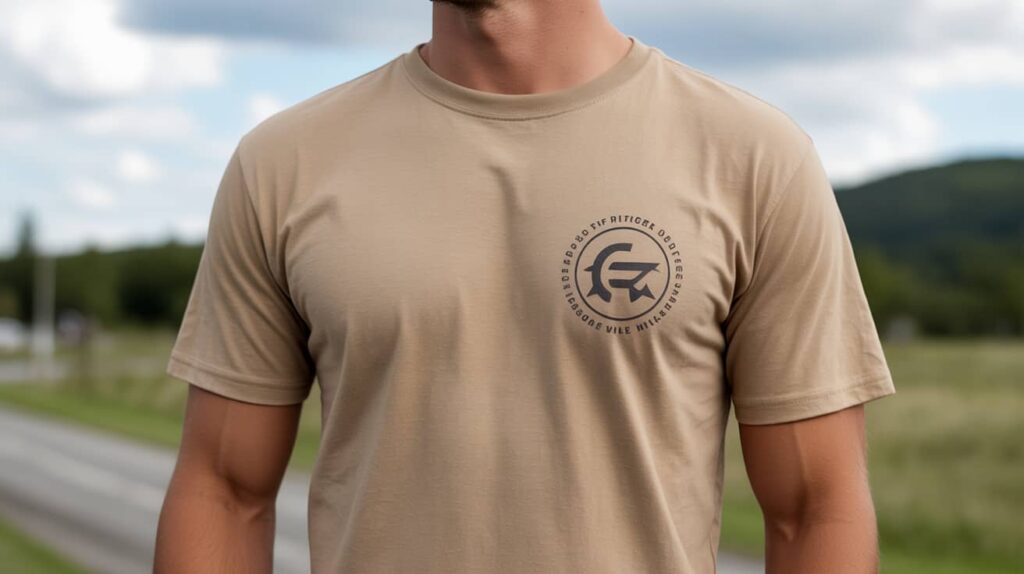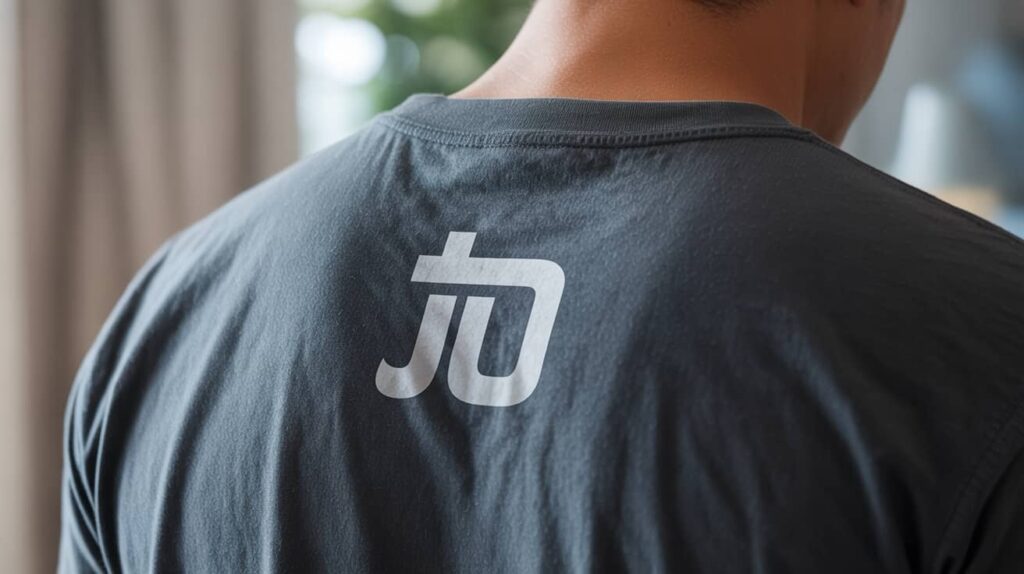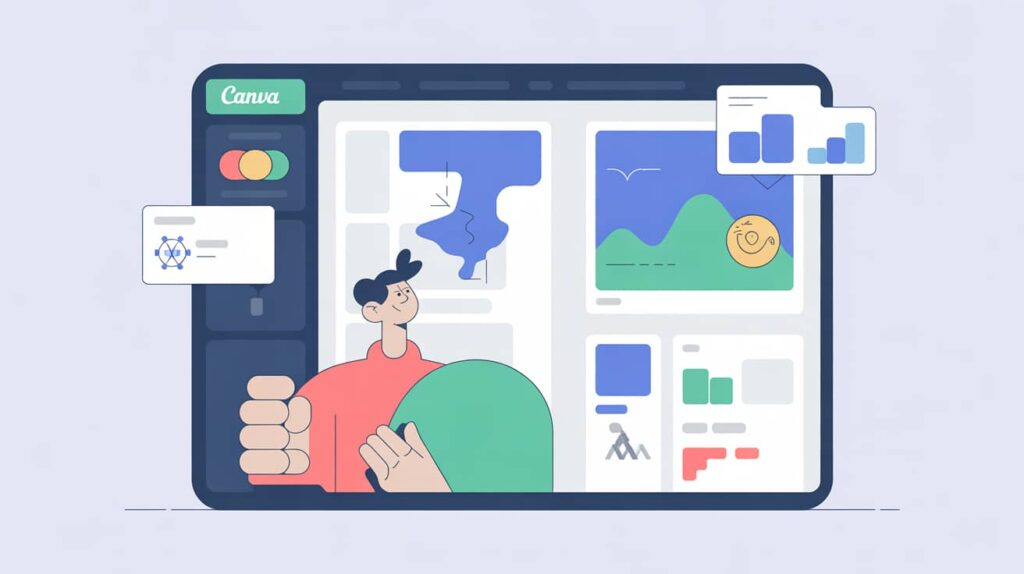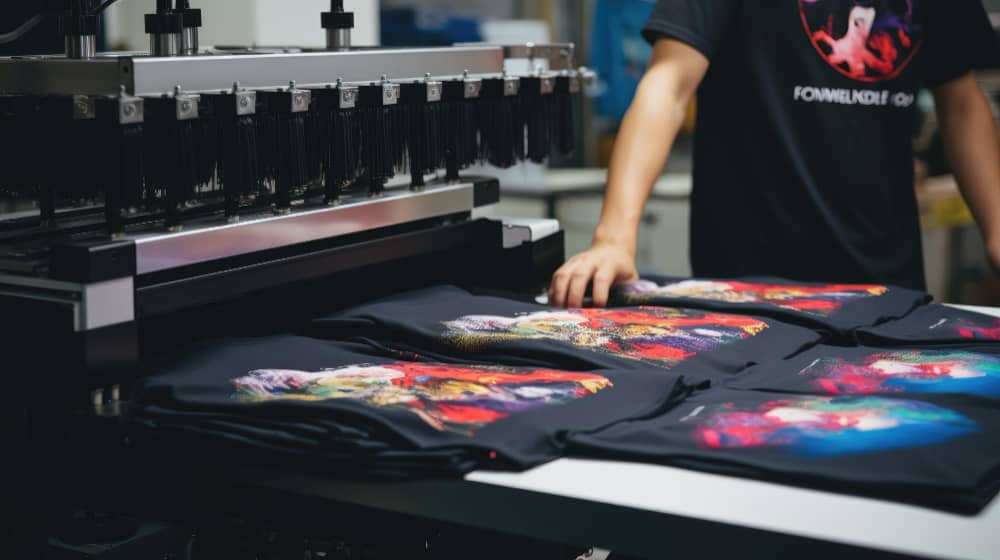U.S. holidays are always peak revenue periods for the Print on Demand (POD) industry. Within just a few weeks, the demand for gifts and personalized products surges dramatically, creating huge opportunities for sellers to increase orders and strengthen their brand. However, not everyone knows how to plan at the right time or choose the right products.
This article will share five practical strategies to help POD sellers conquer the U.S. market, from product preparation and design trend updates to selecting a reliable U.S.-based fulfillment partner.
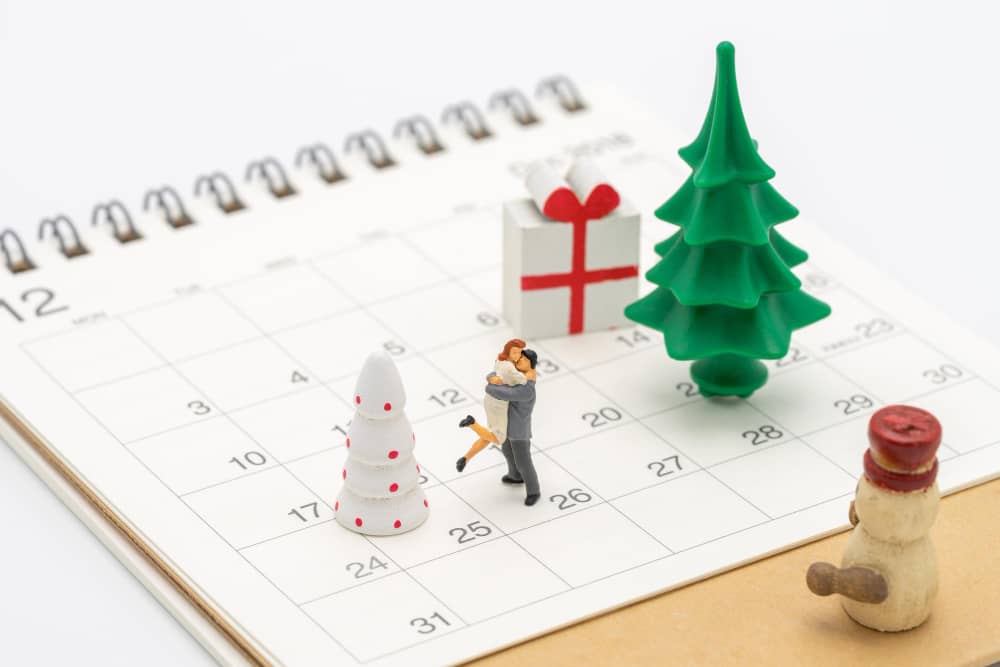
Why U.S. Holidays Are a “Goldmine” for POD Sellers
In the world of eCommerce, especially within the Print on Demand (POD) model, timing is everything. For the U.S. market, one of the largest and most mature consumer markets in the world, holidays are truly a “goldmine” for sellers who know how to seize the opportunity. Here are three key reasons why you can’t afford to miss out:
Holiday Spending Skyrockets
Numbers don’t lie. According to the latest survey from the National Retail Federation (NRF), U.S. consumers are expected to spend an average of $890.49 per person on gifts, food, decorations, and other items during the 2025 holiday season.
Meanwhile, data from Adobe for Business predicts that U.S. online spending alone, from November to December, could exceed $250 billion.
These aren’t just statistics; they reflect a deep-rooted gift-giving culture. Americans don’t just shop for family, they buy for friends, coworkers, and even pets. More importantly, they actively seek unique, personalized gifts, not mass-produced ones.
This massive flow of consumer spending enters the market every quarter, and if you have the right products, you can absolutely claim your share of the profit pie.
POD Perfectly Matches the Demand for Personalization
Buyers today aren’t just looking for “a product”, they’re looking for “a product with meaning.” That’s where POD shines.
On Mother’s Day, customers don’t want a regular mug; they want one printed with their children’s names and photos. During Christmas, demand surges for Matching Family T-shirts and “Our First Christmas” ornaments, meaningful keepsakes that capture memories.
With key POD products such as themed T-shirts, ornaments, canvas prints, mugs, and tote bags, sellers can offer exactly that, without holding any inventory. The advantage of POD lies in its flexibility: fast design turnaround, instant trend adaptation, and the ability to target ultra-specific micro-niches with higher profit margins than traditional mass-produced goods.
The U.S. Market and the Advantage for Vietnamese Sellers
Vietnamese POD sellers hold several key advantages, creativity, agility in design, and the ability to quickly adapt to global trends. However, the biggest barrier has always been logistics.
During the holiday season, U.S. customers are extremely sensitive to delivery time. A Christmas gift that arrives after December 25th is a disaster, it can easily result in a 1-star review or even a chargeback.
This is where partnering with a U.S.-based fulfillment provider like FlashShip becomes a strategic weapon. When your orders are produced and shipped domestically within the U.S., you eliminate critical barriers such as long delivery times, high shipping costs, and complex customs procedures.
With local fulfillment, you can confidently compete head-to-head with native sellers, deliver an outstanding customer experience, and turn the holiday season into a true sales storm.
Overview of Major U.S. Holidays & Shopping Behavior by Season
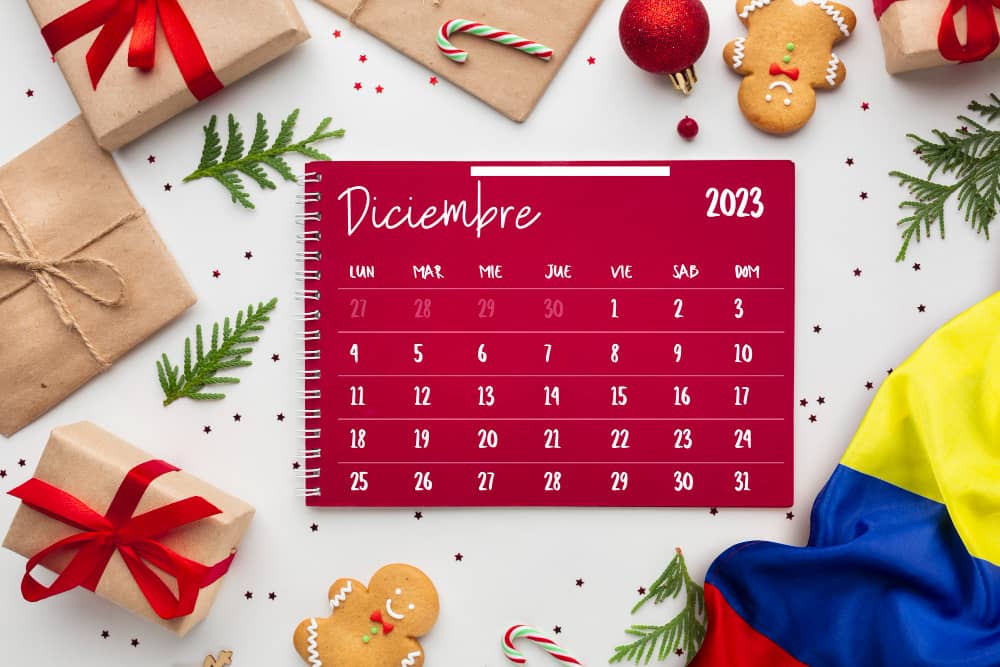
To maximize your results, you need to understand the key holiday periods in the U.S. and how buyer behavior changes throughout the year. Below is a quarterly breakdown to help you visualize and plan your product lineup and marketing strategy effectively.
| Quarter | Key Holidays / Occasions | Shopping Behavior & POD Opportunities |
| Q1 (Jan – Mar) | Valentine’s Day (Feb 14), St. Patrick’s Day (Mar 17), New Year Sales | Americans start the new year with personal and romantic gifts for couples and friends. POD opportunities include Valentine’s couple T-shirts, personalized mugs, and St. Patrick’s themed tote bags. |
| Q2 (Apr – Jun) | Easter (Mar/Apr), Mother’s Day, Father’s Day, Memorial Day | A season for family-oriented gifting. Perfect POD products include T-shirts, pillows, and doormats featuring “Mom”, “Dad”, or family designs. |
| Q3 (Jul – Sep) | Independence Day (Jul 4), Back-to-School (Aug), Labor Day (Sep) | Summer is filled with patriotic and outdoor themes, U.S. flag shirts, beach totes, and travel items. Back-to-school season brings opportunities for personalized class shirts and custom backpacks. |
| Q4 (Oct – Dec) | Halloween (Oct 31), Thanksgiving (late Nov), Black Friday / Cyber Monday, Christmas (Dec 25) | The ultimate peak season for gift-giving and online shopping. Top POD products include Christmas T-shirts, ornaments, holiday tote bags, and “Matching Family” Christmas apparel. |
Notable Shopping Behaviors
- Omnichannel Shopping: According to eMarketer, more than 70% of U.S. consumers plan to shop online but still browse or compare in physical stores. This means your POD store must appear professional, trustworthy, and seamless across platforms.
- Holiday Spending Remains a Priority: Despite economic fluctuations, an NRF survey shows that 91% of U.S. adults still celebrate the winter holiday season, and gift-giving for loved ones remains a top priority.
- Early Shopping Trend: Consumers are starting their holiday shopping earlier each year to avoid stockouts and late deliveries. This gives a strong advantage to sellers who launch marketing campaigns ahead of time.
Clear segmentation of these holiday seasons forms the foundation of a successful POD strategy. It allows you to stay ahead of the market, allocate ad budgets effectively, and most importantly optimize fulfillment operations to get ready for the upcoming sales surge.
Why POD Sellers Should Focus on U.S. Holidays

After understanding why the U.S. holiday market is a “goldmine” and when the key sales periods occur, we come to a more strategic question: Why should POD sellers concentrate their resources on holidays instead of selling spontaneously throughout the year?
The answer lies in five core competitive advantages that only the POD model can fully leverage during holiday seasons.
Stay Ahead of Peak Demand
Selling spontaneously is like casting a net into a vast ocean without knowing where the fish are. Holidays, on the other hand, create predictable “currents” of customers, massive waves of demand that you can anticipate and prepare for.
During these periods, shoppers aren’t just browsing aimlessly; they’re actively searching for specific products: “Christmas gift for Dad,” “Valentine’s couple shirts,” “Mother’s Day canvas print.” This demand is clear, urgent, and backed by a set budget. When you prepare your products and marketing campaigns around these demand peaks, you don’t have to create demand, you simply harvest it. You’ll sell faster and more efficiently than those who enter the market too late.
Boost Profit & Escape the Price War with Niche Products
Mass-market products are always trapped in the “lowest price wins” battle. But POD products are different. You won’t find a shirt that says “Best Corgi Dad Ever” or a personalized family blanket at Walmart.
POD thrives on personalization, emotion, and niche design. When holidays come, buyers are willing to pay more for meaningful, one-of-a-kind gifts. This allows you to price based on emotional value rather than production cost, giving you far higher margins than generic products ever could.
Rapid Testing, Low Risk & Lightning-Fast Scaling
This is POD’s unbeatable advantage. A traditional business might spend tens of thousands of dollars and three months producing 1,000 sample T-shirts and if the design fails, the loss is total.
With POD, you can create 20 different Father’s Day designs in one afternoon. Run small-budget test ads, gather real-time data, and identify your winning design within days. Then, instantly shut off the 19 underperforming designs (with zero waste) and scale your budget behind the winner. Holiday seasons provide the perfect environment for this approach, low-risk testing, high-return scaling, and massive profit potential.
The “Home-Field Advantage” with U.S.-Based Fulfillment
Shipping speed is the decisive factor in closing sales during the holiday season. A Christmas gift that arrives after December 25th is a disaster. If you’re shipping from Vietnam, the 2–4 week delivery window becomes a critical barrier.
By partnering with a U.S.-based fulfillment provider like FlashShip, you gain a home-field advantage. Orders are produced and shipped domestically within just a few days, providing customers with a superior delivery experience. This allows you to compete head-to-head with local sellers, eliminate the “long shipping time” objection, and reduce cart abandonment rates significantly.
Build Brand Loyalty and Increase Customer Lifetime Value (CLV)
A successful holiday season isn’t just about making one sale, it’s about building trust. When you deliver high-quality products on time during the busiest season of the year, you become a hero in your customer’s eyes.
They’ll leave 5-star reviews, remember your brand, and most importantly, come back, for the next holiday, for birthdays, or even refer friends and family. That means you’re not just gaining a single order; you’re cultivating loyal customers who continuously increase your Customer Lifetime Value (CLV) over time.
5 Strategies to Maximize POD Sales During the Holiday Season
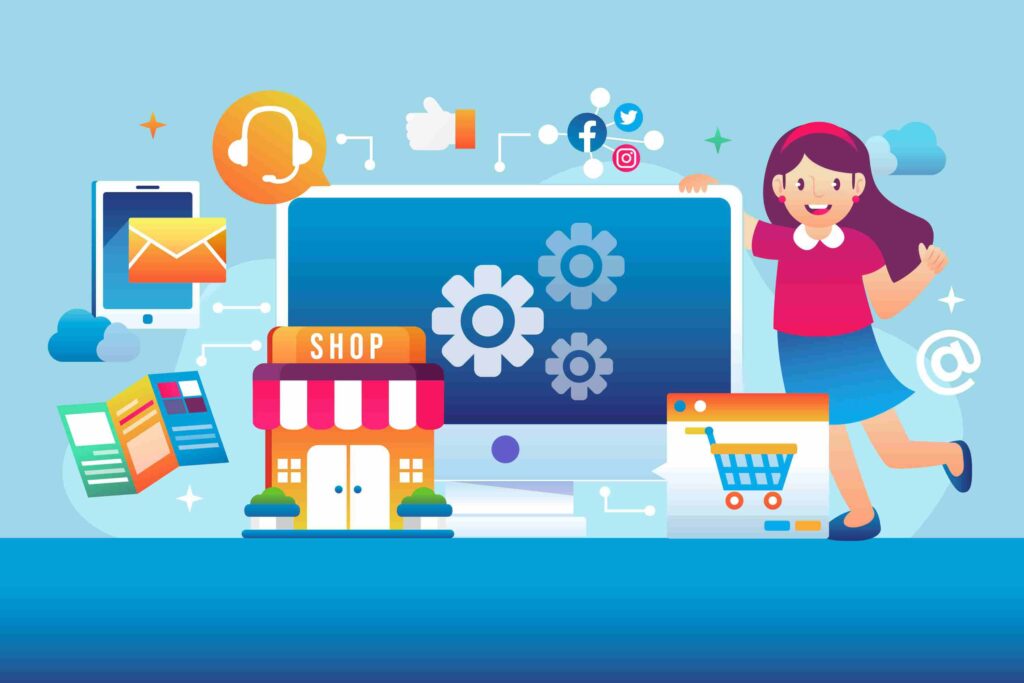
Major U.S. holidays are not only the peak shopping periods of the year but also a golden opportunity for sellers to achieve breakthrough revenue, if they plan their products wisely, build effective marketing campaigns, and choose the right fulfillment partner.
Below are five practical strategies to help you make the most of the U.S. holiday seasons and boost your POD business performance.
Plan Products Around the U.S. Sales Calendar
The first step is to build your own Holiday Calendar for the year, listing all major holidays such as Valentine’s Day, Independence Day, Halloween, Thanksgiving, and Christmas, along with secondary events like Mother’s Day, Father’s Day, or Back to School. Sellers should prepare 45–60 days in advance to allow enough time for design, sample creation, product uploads, and ad planning.
For example, if you’re targeting Christmas (Dec 25), start launching designs in early November and run ads by mid-November. Early preparation helps you stay proactive in production, avoid late deliveries, and capture the “golden time” for sales.
Focus on Giftable Products and Emotion-Driven Designs
Americans have a strong gift-giving culture, so emotional design is the key for POD products to connect with buyers. Designs featuring heartfelt messages like “Best Mom Ever,” “First Christmas as Husband and Wife,” or “#1 Dad” often have higher conversion rates. Your product lineup should focus on easily printable, gift-ready items such as couple T-shirts, family matching shirts, personalized mugs, canvas prints, tote bags, and Christmas ornaments.
Always align designs with the holiday theme, pumpkins and humor for Halloween, red-white-blue for Independence Day, and turkey and warm slogans for Thanksgiving.
Stay Updated on Holiday Design Trends
To stay on trend, regularly monitor tools like Google Trends, Pinterest, and Etsy Trending Items for inspiration and emerging ideas. For example, during Halloween, searches for “family matching Halloween shirts” spike sharply; while in the Christmas season, “ugly Christmas sweater POD” becomes a hot keyword. Keep designs simple, eye-catching, and easy to recognize, orange and black for Halloween, red and green for Christmas. Before mass production, test 2–3 sample designs to measure engagement and identify the highest-converting option.
Optimize Ads and Sales Channels
U.S. shoppers typically start looking for gifts 2–3 weeks before each holiday, making this the ideal time to ramp up ad budgets. Segment your ads by theme (Valentine’s, Mother’s Day, Christmas) and audience (families, friends, couples) to personalize messaging.
Don’t overlook platforms like Shopify, Etsy, Facebook, TikTok, and Instagram, where consumers often discover gift ideas. Use remarketing ads to remind potential buyers with time-sensitive messages like “Last day to order for Christmas delivery” or “Limited edition for Halloween.” At the same time, run email campaigns with themes such as “Gift Ideas for Mother’s Day” or “Back to School Shirts for Kids” to keep your brand top of mind throughout the season.
Choose a U.S.-Based Fulfillment Partner for Faster Shipping
During the holiday season, shipping speed is the key factor that defines customer experience. Partnering with a fulfillment provider that operates warehouses in the U.S. allows you to shorten delivery times, minimize late-order risks, and increase buyer satisfaction.
For example, FlashShip offers 1-day production (1BD) and 2–5-day U.S. domestic shipping, helping Vietnamese sellers ensure their orders arrive on time, even during peak season. Always monitor production timelines and clearly communicate order deadlines to your customers, because during the holidays, even a one-day delay can cost you both revenue and reputation.
Common Mistakes Sellers Make During Holiday Campaigns
Even with a solid strategy, many sellers still struggle or fail because they fall into these common traps:
- Launching Products Too Late: If you start designing and advertising right before the holiday, you’ve already lost your advantage. U.S. shoppers typically start searching 2–3 weeks in advance, if you’re late, your products might arrive after the holiday, or customers will simply buy from someone else.
- Outdated or Off-Theme Designs: Generic or irrelevant designs that don’t match the holiday theme or follow trends that are no longer popular will easily get lost among thousands of listings. Sellers must stay ahead of trends and create unique, on-theme designs. Relying solely on generic templates makes it hard to stand out from the competition.
- Poor Control of Shipping & Fulfillment Times: During holidays, logistics systems are heavily strained, slower shipping, overloaded warehouses, and limited carrier capacity. If you can’t ensure fast delivery, customers may cancel orders or leave negative reviews, damaging your brand reputation long-term.
- Not Leveraging Advertising & Marketing: Simply uploading products to your store and waiting for organic traffic is a mistake. You need to run active ads, remarketing campaigns, emails, and social media promotions. Otherwise, your products will be buried among thousands of other listings.
- Lack of Testing and Data Analysis: Many sellers skip testing or fail to analyze feedback before scaling. They launch too many designs at once without tracking which ones perform best, leading to high ad costs and poor results. Analyzing ad data, clicks, conversions, and return rates, is essential for long-term optimization and profitability.
Effectively leveraging U.S. holidays not only helps POD sellers boost short-term sales, but also serves as a strategic step toward long-term brand building. When you prepare early, choose trend-driven products, and maintain a stable fulfillment process, each holiday season can become a powerful growth accelerator for sustainable success.
At FlashShip, we provide U.S.-standard fulfillment solutions tailored specifically for the Vietnamese POD seller community, featuring 1-day production, 2–5-day U.S. domestic shipping, and an automated order management system that allows you to easily oversee the entire process from production to delivery.
FlashShip is more than just a fulfillment provider, we are your strategic partner throughout your POD business journey, from design and production to performance optimization and market expansion.
If you need detailed consultation on fulfillment strategy, holiday operations, or seller account setup, contact us via hotline (+84) 943 024 337 or visit FlashShip.net, our dedicated team is always ready to support you quickly and professionally.



